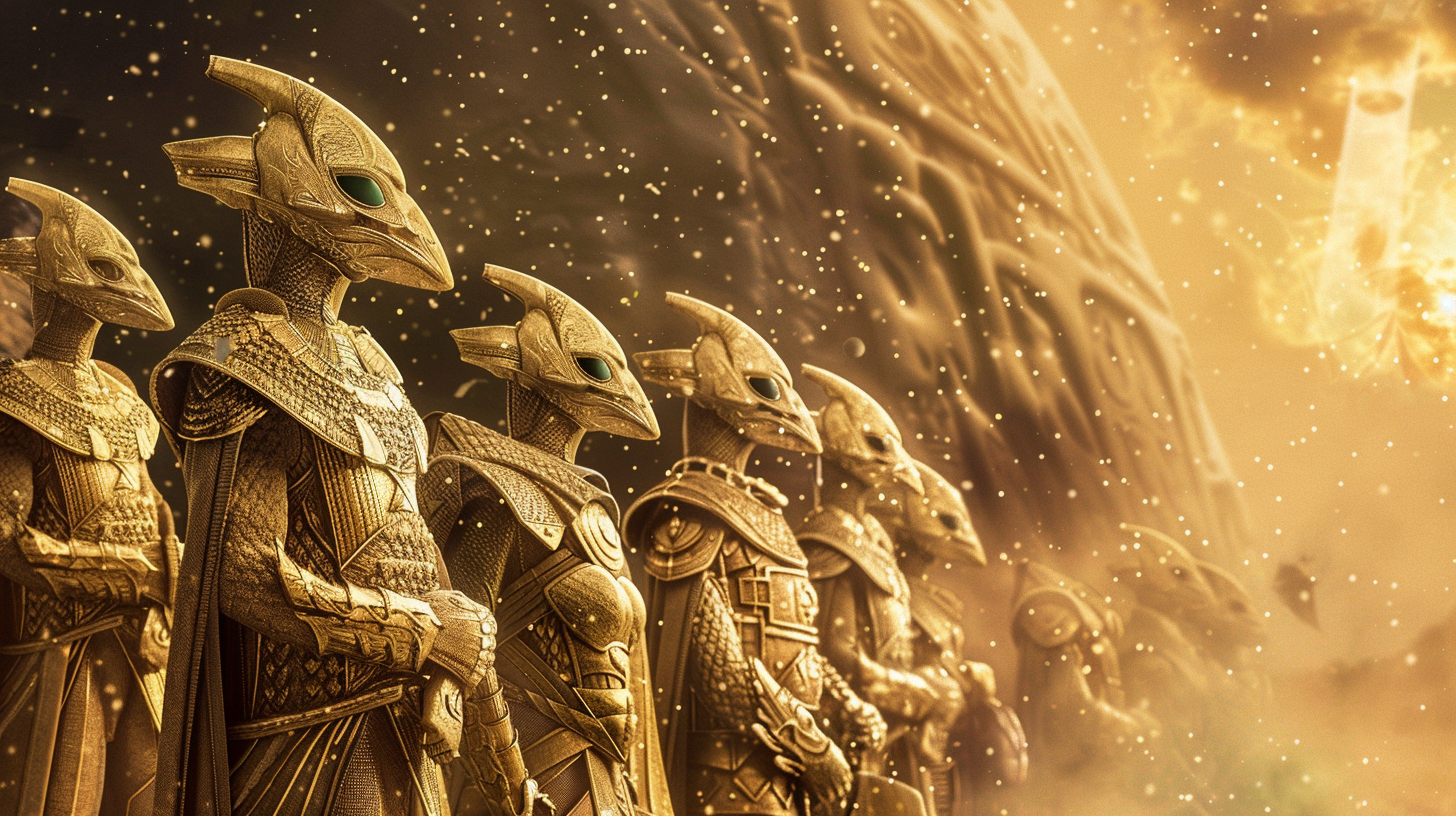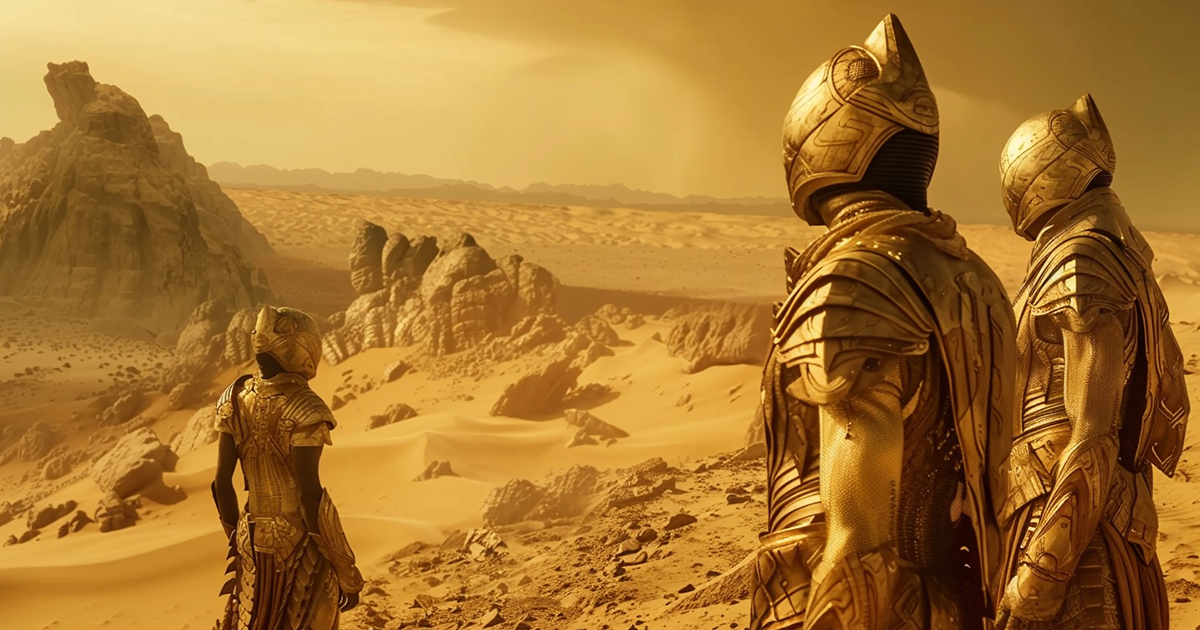The ancient Sumerian civilization, often regarded as one of the earliest known human civilizations, left behind a wealth of written records that continue to captivate scholars and enthusiasts alike. Among the most intriguing aspects of Sumerian culture are their descriptions of the Anunnaki, whom they revered as gods descending from the heavens. While interpretations vary, some intriguing theories suggest that these Anunnaki may represent advanced extraterrestrial entities.
The Sumerians, renowned for their advanced knowledge in various fields including mathematics, astronomy, and agriculture, left behind an extensive corpus of written texts on clay tablets. Among these texts are accounts of divine beings known as the Anunnaki, who played significant roles in shaping Sumerian mythology and society.
According to Sumerian cosmology, the Anunnaki were believed to be a group of deities who descended from the heavens to Earth. They were often depicted as powerful beings with control over various aspects of nature and human affairs. Their influence permeated Sumerian religion, governance, and daily life, with temples and rituals dedicated to their worship.
While traditional interpretations view the Anunnaki as purely mythological figures, some alternative theories propose a more intriguing possibility. Drawing parallels between ancient Sumerian texts and modern understandings of advanced civilizations and extraterrestrial life, researchers speculate that the Anunnaki may represent encounters with beings from other worlds.

One of the key texts often cited in support of this theory is the Epic of Gilgamesh, a Sumerian literary masterpiece that predates many religious texts by centuries. In the epic, Gilgamesh encounters beings known as the “Watchers,” who possess knowledge and abilities beyond that of ordinary humans. Some researchers interpret these Watchers as a manifestation of the Anunnaki, suggesting that they may have been ancient astronauts or visitors from distant planets.
Furthermore, the Sumerian creation myth, which describes the fashioning of humans by the divine, bears striking similarities to modern theories of genetic engineering and panspermia—the idea that life on Earth may have originated from extraterrestrial sources. Could it be that the Anunnaki were not merely products of human imagination but actual beings whose visitations inspired Sumerian civilization?
While such hypotheses remain speculative and controversial within academic circles, they spark thought-provoking discussions about humanity’s ancient past and its potential connections to the cosmos. As our understanding of the universe continues to evolve, so too may our interpretations of ancient texts and civilizations.
In conclusion, the Sumerian texts offer a fascinating glimpse into the beliefs and cosmology of one of the world’s oldest civilizations. Whether viewed through a lens of mythology or as potential records of ancient encounters with advanced beings, the stories of the Anunnaki continue to intrigue and inspire curiosity about the mysteries of our past and the vastness of the cosmos.

12 thoughts on “Deciphering the Enigmatic Sumerian Texts: Insights into Ancient Deities”
Comments are closed.